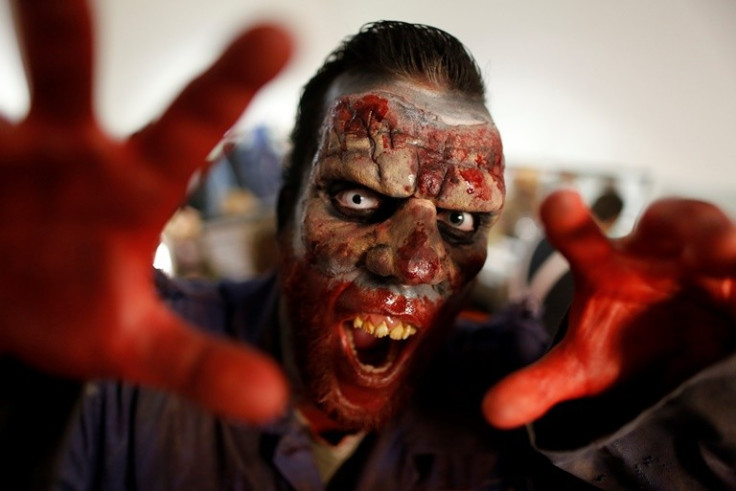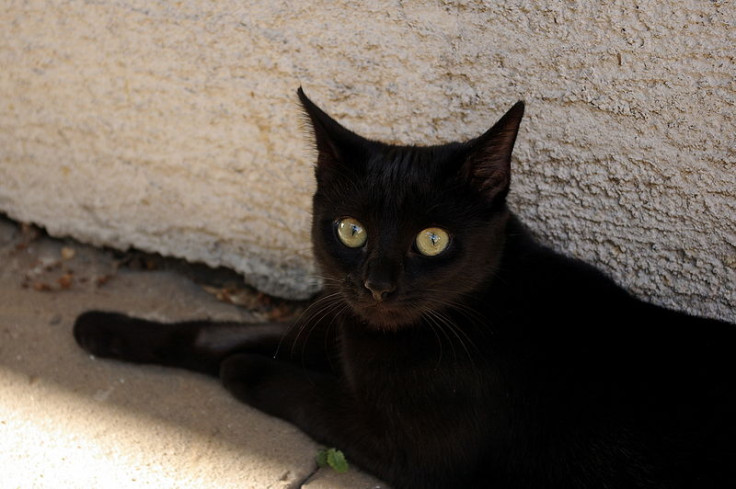Halloween 2014: Black Cats Sacrifice and Other Unusual Facts

Halloween, a contraction of All Hallows' Evening, is celebrated on 31 October, the day before the Christian feast day All Hallows – All Saints' Day, when Christians commemorate their saints.
During Halloween people wear costumes – mostly spooky ones – and will often accompany children from house-to-house to ask homeowners for a treat, in return for not playing a "trick".
Here are some of the most curious facts about Halloween.
Halloween is Irish
Halloween is believed to have originated from Samhain: a Celtic festival marking the time when cattle were brought in from fields, to protect them from the winter and for slaughter.
During this time, Celts believed that fairies found it easier to enter our world and would roam the Earth, so it was customary to leave treats outside houses for them. If you didn't, you risked being at the receiving end of a fairy's prank – which could be very unpleasant indeed.
The souls of dead family members were also thought to roam the world at Samhain, and Celts would welcome them back into their homes, offering them special meals.
The aim of Samhain was to create a bond between the human world and the spirit world, as well as to mark the beginning of the winter season.
Black cats sacrifice
Some believe that Celts and witches would sacrifice cats during Samhain, by throwing them into a fire, often in wicker cages, and that people still do this today.

Because of this fear, many animal shelters refuse to allow cats to be adopted during the Halloween season, fearing that the cats could be killed, and people are advised to keep their black pets indoors.
Fear of Halloween is a medical condition
Samhainophobia – the fear of Halloween, named after Samhain – is a clinically diagnosed phobia. It often affects people who are also phasmophobic – scared of ghosts – or wiccaphobic – scared of witches.

Jack o'Lanterns weren't made of pumpkins
The first Jack O'Lanterns were not made from pumpkins but of turnips, potatoes and beets.
Jack O'Lanterns come from an old folklore tale about a man called Stingy Jack, who tricked the Devil into promising that he would not claim Jack's soul.
When Jack died, God did not want him in Heaven and, as the Devil could not take Jack to Hell, Jack was sent to roam the Earth with only a burning coal for light.
He put the coal into a turnip for a lantern and, from that day, people started calling him "Jack of the Lantern".
Trick-or-treating can help Unicef
Trick-or-Treat for the United Nations Children's Fund (Unicef) is a fundraising programme aimed at providing assistance to poor children.
Launched in a northeast Philadelphia neighborhood in 1950, the programme provides children with boxes they can use to collect donations while they go from door-to-door asking for treats during Halloween.
It is estimated that this initiative has resulted in more than $115m (£98m) in donations to Unicef since its launch.
© Copyright IBTimes 2025. All rights reserved.





















